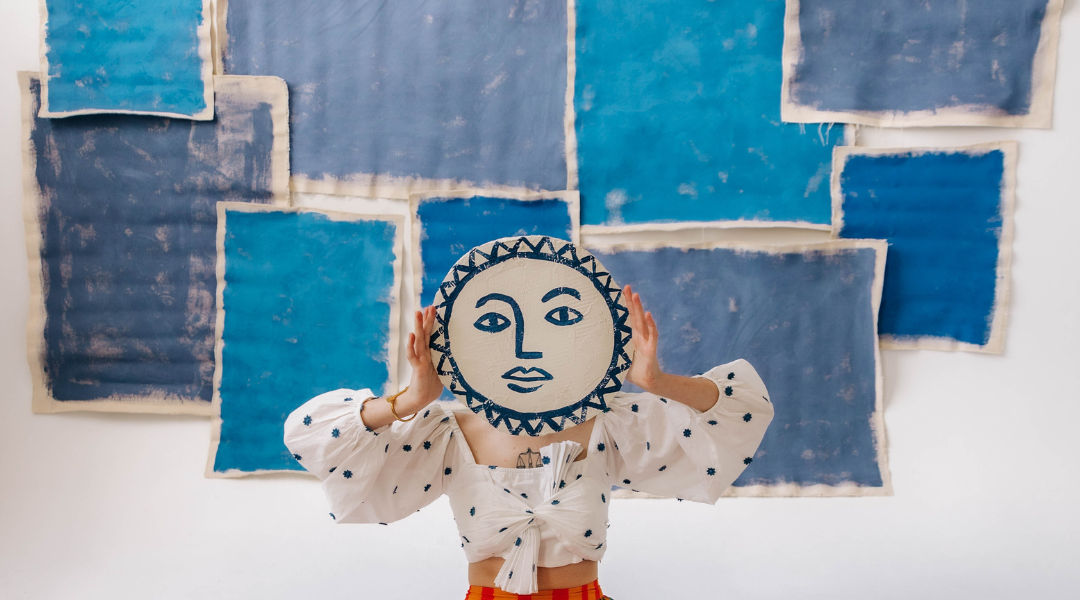Between all the politics, worries, scares, and loudmouths, it’s easy to understand the impact on people’s mental state. I personally know the calm that art and creativity bring to me, which is why I want to share insight into the mental health benefits of art. Something so simple can be pretty powerful—and doesn’t require any prescriptions or insurance claims.
Imagine a world where the solution to mental health was solely art.
Let’s look at some of art’s benefits to mental health. Before we start, take a moment to reflect on two quotes I find most sincere and authentic about art’s effect on people:
- “Art washes from the soul the dust of everyday life.” — Pablo Picasso
- “Art is not what you see, but what you make others see.” – Edgar Degas.
The Benefits of Art for Mental Health
Color Relieves Boredom
An essential ingredient to art is color, or the lack thereof. The relationship between color and emotions is potent, as they impact the nervous system, cause mood changes, entice or promote specific feelings like peace.
A bored brain quickly leads to an unhappy brain. This stimulation is a powerful force for increasing a person’s mood or alleviating anxiety and depression.
Imagine a house with bare walls; a sterile design with nothing unique inside. Picture yourself spending days in this house. Studies show such a bare environment has a significantly negative impact on peoples’ psychology, further stressing individuals. People feel isolated, unaccepted, and will often retreat from social interactions.
Now picture home with your chosen art pieces that make you feel something so strongly you hang them in your home. Just this simple difference in decorating your surroundings with feel-good artwork can provide immense stress relief and a safe space for comfort. Investing in art is an investment in yourself and others around you.
Creative Thinking and Imagination
People are encouraged to imagine and create their own solutions with no right or wrong method. Art encourages this type of flexible thinking, stimulating your brain and preparing it for complicated functions in the same way that learning a new language does.
Creating art also boosts self-esteem, which provides humans with a great sense of accomplishment. When you complete a creative piece, you may feel a boost of dopamine which can increase drive, improve concentration, and make you feel good about your work! Furthermore, the creation process stimulates the development of new neural pathways in your brain to improve your overall sense of well-being, prevent depression, and even slow down aging.
Reward Pathway
A 2017 study shows that art increases the blood flow in the brain’s prefrontal cortex. This area not only controls our emotions and motivations, but also activates areas of the brain to release dopamine, aka the ‘feel-good’ hormone. When released, our body’s stress levels lower and greatly improve our blood flow, heart, and lung functions.
Art can also enhance cognitive abilities and memory for people with severe brain disorders. Through art, a person’s quality of life improves by giving them a source of pleasure while also promoting cell growth to increase connectivity and activity in the brain.
Mode of Expression
Individuals struggling with mental health sometimes have difficulty explaining how they feel. Art therapy can help people express their feelings without requiring language or logic.
I’ve battled depression, and I find this concept powerful and genuine. “The creation” at the moment of creating allows me the ultimate freedom of expression; no rules, no restrictions, and no limitations.
You MUST let go of the control. It is all about that journey, irrespective of the painting’s end result.
People with attention issues can also find relief through art. As a person with ADHD, I can tell you that art—particularly abstract art—forces my mind to slow down, allowing me to focus on details and remove distractions. Immersing yourself in art that brings visual interest to your surroundings can promote attention and focus.
Every artist has their own style. I paint my feelings when I create. Viewers often feel some of the same emotions I felt when I created a piece. Then again, other viewers may find different interpretations or meanings from the same piece. Either way, art has done its job. It has elicited a response.
This is my style, and it is captured best when I paint my feelings.


